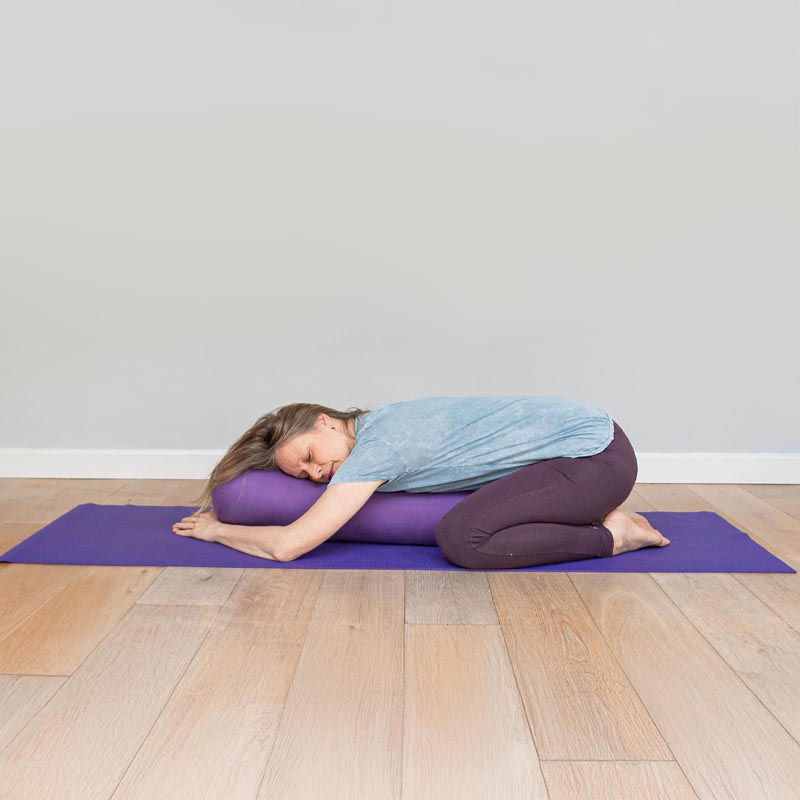From sound healing to Pilates, power yoga to rocket, hot yoga to arial, have you noticed how quickly trends in the wellbeing industry come and go?
What is popular, pushed, promoted and favoured shifts on a regular basis. As a yoga teacher wanting to remain relevant and employable, it can be tempting to follow each trend. Most yoga teachers are keen learners and constantly looking to advance and grow their skills and may feel that it is necessary to train in as many disciplines as possible and navigate the changing waves of the industry.
As a yoga teacher, we may feel pulled in all directions or we may make the decision to build a more stable niche. Different pathways are possible. We may focus on a limited number of disciplines and specialisations and become highly experienced in a narrow field or we may dip into lots of different ones and have a more superficial knowledge of many things.
There is no right or wrong. However, it is helpful to think about which strategy we want to adopt as a yoga teacher, and where it may take us in the future. “Whichever path we choose, the question remains—how can we balance personal passion with professional relevance?”
That brings us to another consideration: should we train in every style that’s ‘in,’ or anchor ourselves in what truly resonates with us?
Teaching comes from knowledge but is brought alive when we do it with heart and passion. Bringing our enthusiasm into what we teach is going to strike a chord with our students.
Yet even with passion, around us fads and trends are always changing. Chasing them may lead to exhaustion and potentially burnout. Sticking to what we know, and love may be more grounding and durable in the long run. This does not mean that we do not keep learning. Yoga is an infinite subject. But it does mean that we harness our attention towards linear growth and develop depth of knowledge.
Seasons of Yin Yoga Teacher Training – 30 Hours
Step into the heart of Yin yoga through the lens of Daoist philosophy and the cycles of nature. This immersive 5-day training blends seasonal sequences, meridian theory, anatomy, and yoga nidra, equipping you to teach Yin classes and workshops year-round. Suitable for teachers and dedicated practitioners alike, this course offers a rare chance to learn through rest, replenish your energy, and reconnect with your purpose.

So, is yin in?
Unlike flashy trends, yin has sat there quietly representing something more timeless. It has been around at least since the 70s, at times more mainstream and at others niche. In the fast-paced world we live in, there will always be a need to slow down. In a culture of constant stimulation, yin’s invitation to pause, breathe, and feel is almost a rebellious act.
Still practices offer a unique opportunity and can represent a haven of peace and serenity for those in need of a quiet space. At times, the practice may be more or less in the limelight, but if we bring passion and depth into our teaching, students will gravitate towards our classes.
So the question isn’t whether yin is in, but whether you’re ready to let yin in.
This article was written for MoreYoga Teacher Training, by Erika Shapiro, you can check out her full website – here



Recent Comments